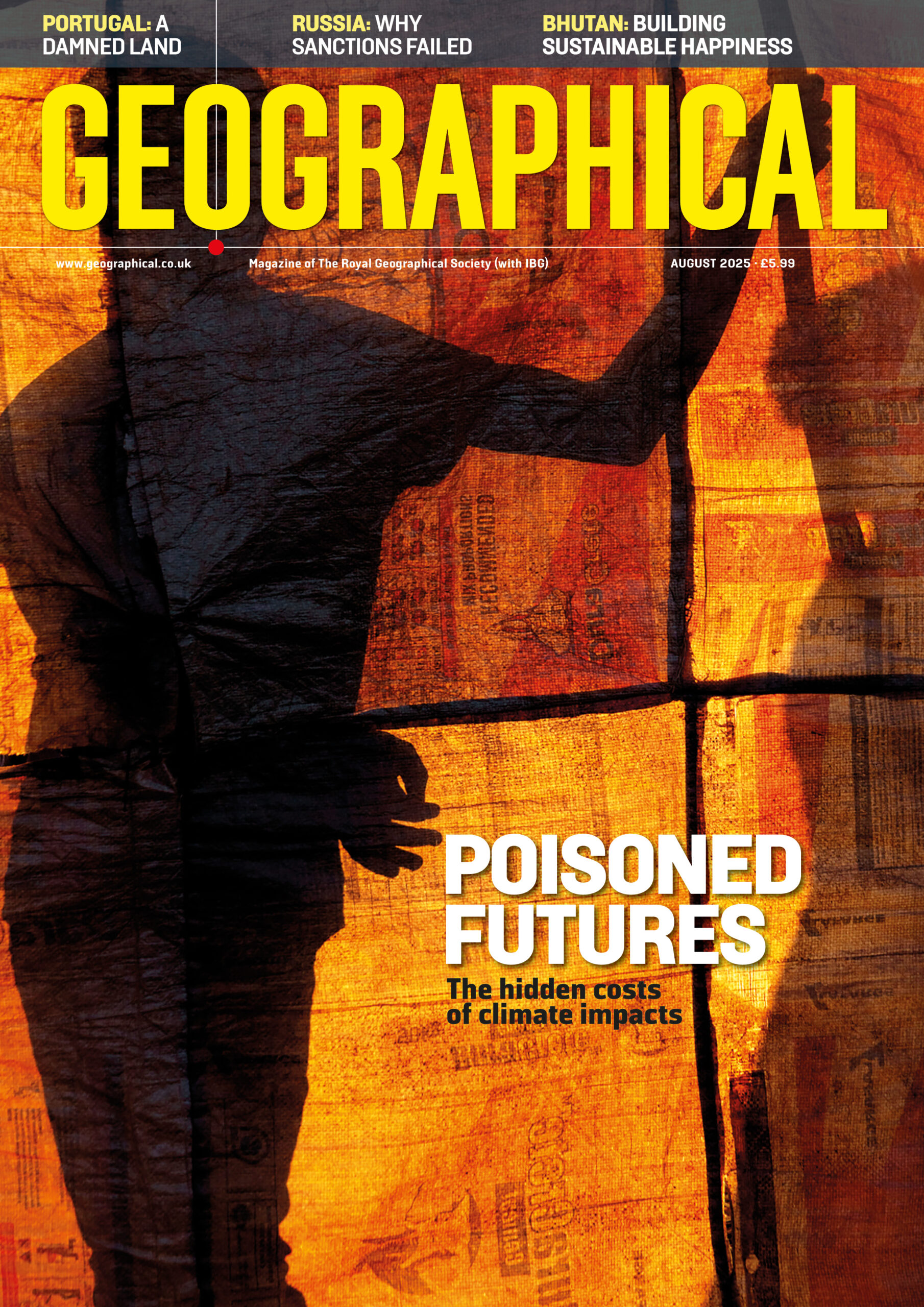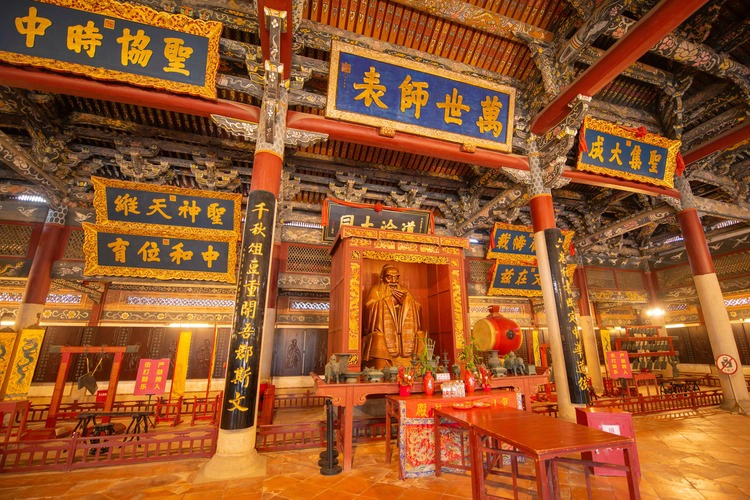
Australia’s Sydney Opera House and Swiss Alps are some areas under threat after new analysis identifies most vulnerable heritage sites
By
New analysis from Climate X has identified fifty UNESCO Heritage Sites that are the most vulnerable to climate-related damage – including Australia’s Sydney Opera House, Korea’s Sansa Buddhist Mountain Monasteries and the USA’s Olympic National Park.
By modelling how climate change will affect properties, assets and infrastructure under various scenarios, Climate X was able to quantify the risk from extreme weather — from extreme heat to tropical cyclones and flooding — across eight warming scenarios over a 100-year time horizon.
Below are the top five most at-risk heritage sites across the globe, in reverse order:
1) Sinharaja Forest Reserve, Sri Lanka
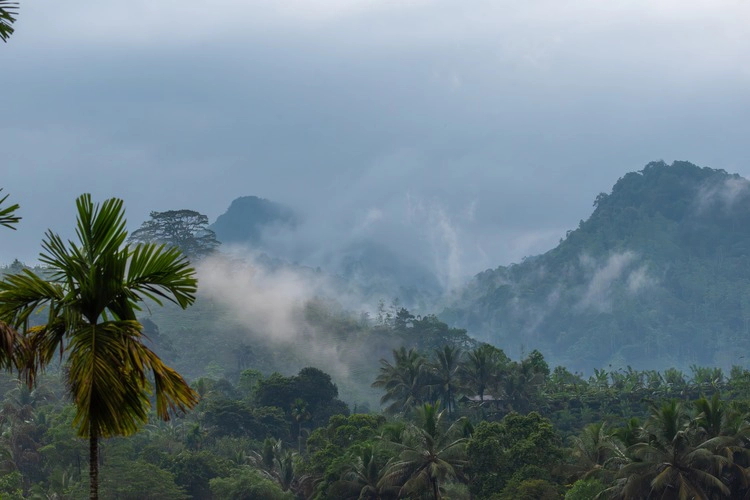
The Sinharaja Forest Reserve is Sri Lanka’s last viable area of primary tropical rainforest. With more than 50 per cent of Sri Lanka’s endemic species of mammals, butterflies, insects and reptiles in the reserve, research has shown it is under threat by surface floods and extreme heat risks.
2) Engelsberg Ironworks, Sweden
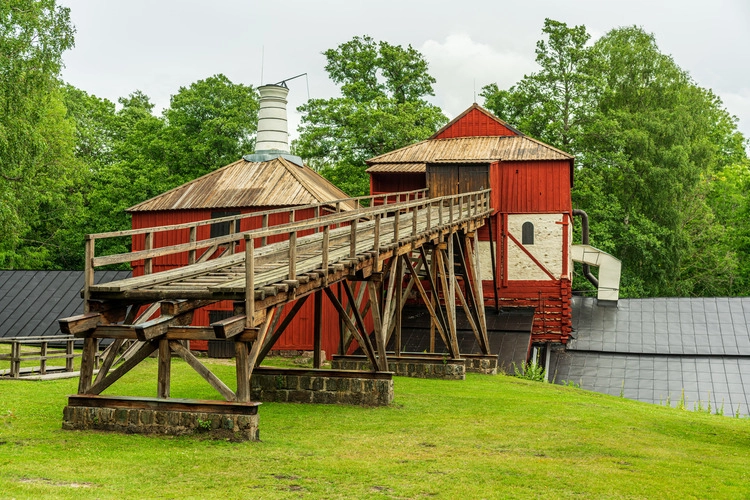
Sweden’s production of iron made it the economic leader of the industry between the 17th and 19th centuries, and the Engelsberg Ironworks is the most complete example of a Swedish iron-working estate that was used during this period. It is threatened by exposure to surface and river floods in the area.
3) Quanzhou: Emporium of the World, Song-Yuan, China

The historic buildings in Quanzhou – known for its role in maritime trade in Asia – include several different religious sotes from an 11th century AD Qingjing Mosque, Islamic tombs as well as remains of ancient bridges, pagodas, administrative buildings and stone docks. Research shows the UNESCO World Heritage Site is under threat from drought.
4) Kakadu National Park, Australia
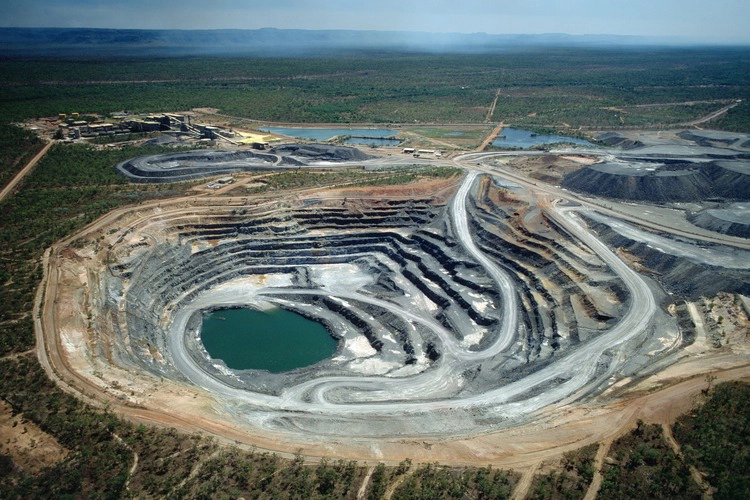
The Kakadu National Park is at risk of surface flooding and wildfire risks. Located in the Northern Territory of Australia, the site is home to cave paintings, rock carvings and archaeological sites that document the lives of inhabitants – from hunter-gatherers to current Aboriginal people living there – over more than 50,000 years. It is the largest national park in Australia, with escarpments up to 330 metres high.
5) The Subak System, Indonesia
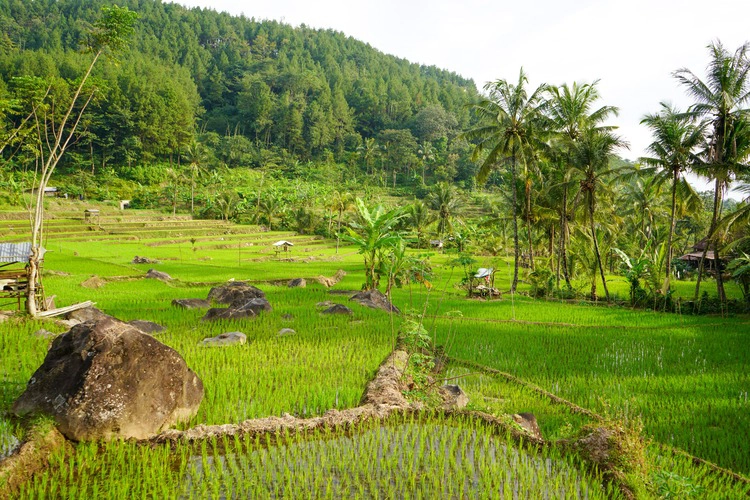
Consisting of five rice terraces, and water temples covering 19,500 ha in Bali, the subak system – a cooperative water management system of canals and weirs known as subak – is primarily focused upon the water temples. By using the subak system and combining democratic and egalitarian farming practices, the Balinese have become the most prolific rice growers in the archipelago. Rice, the water that helps it to grow, and these subak have shaped the landscape over a thousand years. The site is under threat due to extreme heat days, surface flood and drought risks.
UNESCO selects World Heritage Sites based on their cultural or natural significance through a detailed nomination and evaluation process, requiring them to meet specific criteria of outstanding universal value, integrity, authenticity, and adequate protection and management.
‘The potential impact of climate change on these sites is profound,’ said CEO and co-founder of Climate X, Lukky Ahmed. ‘But it’s not just our past heritage that’s at risk – it’s our present, too.’
‘While the loss of these cultural treasures – many of which have endured for millennia – would of course be devastating, it’s also vital to remember the real societal and economic impact of climate change is happening in the here and now. Our findings serve as a stark warning for governments, preservationists, and the global community to prioritise the safeguarding of our planet – to preserve our ancient monuments and our current assets and infrastructure – and to protect life today and into
the future.’

